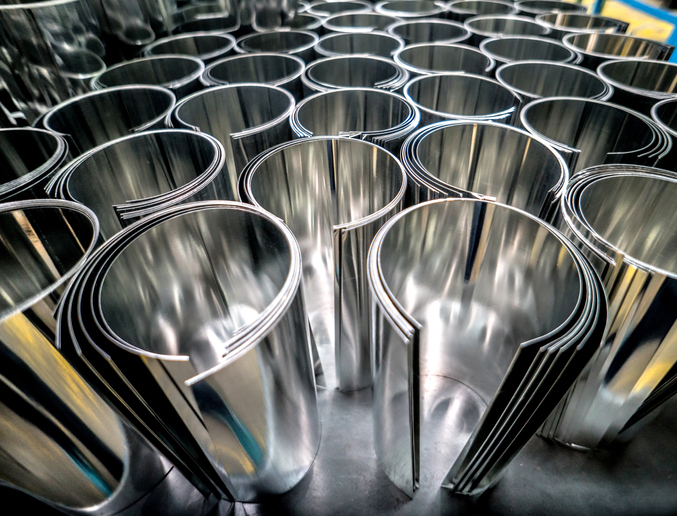For specific applications, you know that using alloys will be the best choice when you are looking for metals that will provide special properties such as strength, thermal conductivity or corrosion resistance. Yet you may be wondering why you can’t simply use the metal it its original form. For example, why can’t you get the same strength capabilities that are in nickel-copper alloys from either just copper or nickel?
Altering the metal’s composition allows you to increase its wanted advantages while removing all the unwanted impurities. Nickel is very strong, yet it is hard. Copper is a lot less strong than nickel, yet is soft and very malleable. When added together, the strength of the nickel-copper is higher than pure nickel, and the alloy is malleable so it is good for different fabrication methods. The alloying process takes the best characteristics of each metal and combines them into the desired alloy.
How Metal Compositions Are Altered During Alloying
When another element is added into the base metal, different structural changes will take place to the two or more metals. What happens to the structures will depend on the type of element added and what you seek from the finished alloy. One type of composition change is called solid solution strengthening.
Solid Solution Strengthening: Solid solution strengthening occurs when trace elements are added into the melt. The elements will dissolve into the base metal, such as copper, to form a single, homogenous structure. The atoms of the trace elements take the place of other elements, such as impurities, as the alloy still has a similar appearance of copper.
During this process, the trace elements may exceed the solid solubility of the base metal. If it does, then a second phase occurs. Two different microstructures form with differing characteristics and compositions.
Just as the name implies, solid solution strengthening add strength to a base metal to make it become a stronger alloy, although it may compromise other properties such as the base metal’s electrical conductivity. This composition altering is accomplished due to the trace element’s atoms dissolving into the base metal’s lattice structure and making it difficult for ions to move about, creating tensile strength.
Second Microstructure Phase: Another way to altering the composition of metals is to add trace elements that will not dissolve, or will only be partially dissolved, into the base metal. The entire microstructure of the base metal can change. It will either take a new form as it will no longer appear in its pure state, or it will take a second phase.
The properties of the second microstructures can vary depending on the amount of trace elements that were added, the size of the element’s atoms, and how far those atoms became distributed into the base metal. You can often see the two different phases when the alloy has been polished or etched. When looking at the alloy at a microscopic level, the one phase of the alloy may have many large lattice circles in its structure while the second phase will have multiple smaller rounded circles making up its lattice structure.
Changing Microstructures to Create Benefits
When altering the alloy’s properties, it simply means that you are changing the microstructure at the atomic level and the arrangement of free space and cells there. The trace elements will either increase the space by removing impurities, or decrease the space by adding additional atoms that can be in different sizes. These changes will add strength, make alloys more malleable, increase resistance to corrosion, or can improve thermal conductivity. It will all depend on the type and amount of trace element that is added to a specific base metal, and how much the element will become dissolved into the existing base metal’s structure.
Here at Belmont Metals, we provide a wide range of alloys for manufacturing applications. To learn more about alloys and which would be right for your production operations, contact our staff today.

